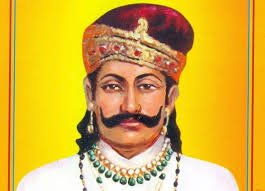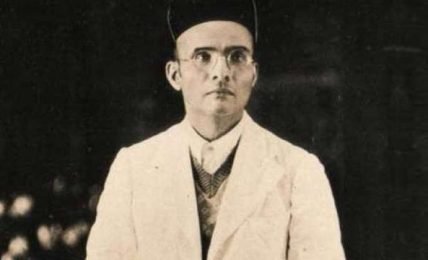Mittani and Out of India Migration theory
Three incidents point to the migration of Indians towards Middle East and playing a major role in local politics there - The Migration of Sons of Pururavas(Yajur Veda), 4.2k Global Event and Mursili's raid of Babylon. In an area of continuous flux and chaos, the recruitment of new migrants to reinvigorate the destroyed agriculture and protect them militarily from external raids is a distinct possibilty.





After saraswati dried up , Aryans(Vedic Sanatanis) went east , west , north , south .
Those who went east assimilated with local nomad , picked up their language , culture , food habits and became Mittani , Sumerian , Anunaki , Babylonian, Etruscan , Egyptian, Jews , Greek , roman , saxon , christian blah blah .
https://biharibhagwati.medium.com/are-jews-a-lost-vedic-tribe-d1429efadc28 .
Contact me .
The word Aryan comes from Sanskrit word Arya , which means a noble person , belonging to a noble family . Ram was caled Aryaputra , Sita Maa called Lord Ram arya . Even Ravan was called Arya . Ancient name of India was Aryavrat .
Every event in Vedic History is recorded , so why is there NO mention of foreign tribes attacking NOrth India and overtaking us .
Whenever any tribe takes over another tribe , the religion , language , rituals of the overtaking tribe becomes dominant (like we see english in US , Spanish in latin america , English , French in Canada, English in Australia) .
Strange that a foreign tribe would over take whole of north India but would ocnvert to Hinduism , follow vedas and sanatani religion .
Dravida was the name of area south of Vindhyas . Ancient maps show it .
Sanskrit is the base language for all languages . Our gods are same , rituals same, Same holy books . Language , food changes every few miles . Ravan was married to Mandodri from Rajasthan. he was born in Greater Noida , Why would dravidians marry dofferent race ? STamil is closest to Sanskrit . Same lord Vishnu , Shiva , Hanuman , Saraswati . Similar clothes , saris and dhoti . If Aryans did come from west then why did they adopt to our culture of eating rice (not found beyond Pakistan ) , When did this so called invasion happen ? Which era ? How did the aryans come ? On horse , elephants ? Bullshit theory propogated by Brits to divide and rule.